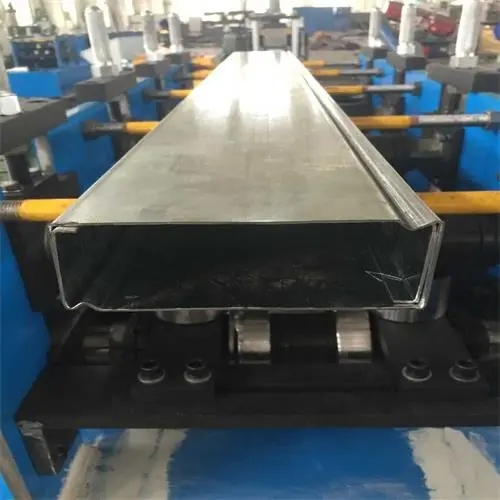
The Sandwich Panel Production Line An Overview
The sandwich panel production line is a vital component of modern construction and manufacturing industries. It is designed to create sandwich panels, which consist of two outer layers of material – often metal, fiberglass, or even reinforced concrete – enclosing a lightweight core, typically made from polystyrene, polyurethane, or mineral wool. This combination allows for a structure that is not only strong and durable but also provides excellent thermal insulation properties.
Key Components of the Production Line
A typical sandwich panel production line comprises several essential components that work in harmony to manufacture these panels efficiently. The primary stages of production usually include the following
1. Raw Material Preparation The process begins with the selection and preparation of raw materials. The outer layers are typically supplied in sheets, while the core materials come in bulk. These materials must meet specific quality standards and be prepared for fabrication to ensure the final product's strength and insulation capabilities.
2. Cutting Machines Once the raw materials are ready, they are fed into cutting machines. These machines precisely cut the sheets to the desired dimensions for the outer layers and core materials. Accurate cutting is crucial as it directly affects the overall aesthetics and functionality of the sandwich panels.
3. Foaming and Bonding Systems One of the critical steps in sandwich panel production is the foaming process, where the core material – often polyurethane – is expanded and shaped between the outer layers. Advanced bonding systems apply adhesives to ensure a strong bond. This phase requires careful monitoring of temperature and pressure to achieve optimal foam expansion and adhesion.
4. Laminating Stations After the foaming process, the panels pass through laminating stations that use rollers and pressure to ensure consistent adhesion and eliminate any air pockets. This guarantees the structural integrity and thermal performance of the final product.

5. Cutting and Sizing Once laminated, the large panels are trimmed to the final dimensions. Precision is critical in this stage to ensure that all panels are uniform and meet the specifications required for construction applications.
6. Quality Control Quality control is integrated into every stage of the production line. This includes visual inspections, adhesive strength testing, and thermal efficiency evaluations. The panels are tested against industry standards to ensure they can withstand the required loads and environmental conditions.
7. Packaging and Storage Finally, once the panels pass quality checks, they are packaged appropriately for transport. Proper packaging is essential to protect the panels from damage during transit and to ensure that they arrive at construction sites in pristine condition.
Advantages of Sandwich Panels
The use of sandwich panels has grown significantly due to their multiple advantages. They offer high insulation properties, reducing energy consumption and costs for heating and cooling. Additionally, their lightweight nature makes them easier and faster to install compared to traditional building materials. They are also highly durable, resistant to many weather conditions, and require minimal maintenance over time, making them a cost-effective choice for many construction projects.
Conclusion
In summary, the sandwich panel production line represents a sophisticated integration of technology and materials science. With continuous advancements in production technologies, the efficiency and quality of sandwich panels are set to improve further. As the demand for sustainable and cost-effective building materials continues to rise, sandwich panels are likely to play an increasingly significant role in the future of construction and insulation solutions.